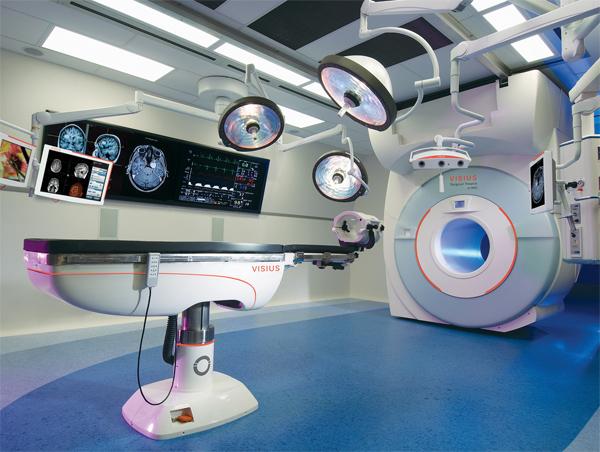According to the report published by Zion Market Research, global demand for the Intraoperative Imaging Market was valued at approximately USD 3,594.6 Million in 2023 and is expected to generate revenue of around USD 6,345.4 Million by end of 2032, growing at a CAGR of around 6.64% between 2024 and 2032.
Intraoperative imaging systems are used where image-guided surgeries are needed. Pre-operative images prove to be less accurate during surgery as the surgery target frequently shifts during the operation. Intraoperative imaging is very useful during surgery as it produces real-time images of the exact position of the target; hence, it controls surgical procedures and helps in precise monitoring. It is a purely new concept and extensively adopted in neurosurgical procedures.
The market growth can be attributed to an increase in the adoption of minimally invasive surgeries coupled with technological advancements. In addition, the increasing prevalence of chronic disorders and the rise in the geriatric population are major factors contributing to the market growth. The global geriatric population has grown dramatically, putting them at risk for various disorders. According to the WHO, the proportion of people aged 60 years or over in the world will be 1 in 6 by 2030.
Intraoperative imaging has become increasingly popular as an efficient tool for performing more accurate and effective surgeries. This approach not only leads to better patient outcomes but also enhances workflows and efficiencies for healthcare personnel both inside and outside the operating room. Intraoperative imaging technologies, such as iUltrasound, C-arm, and iMRI, have greatly extended surgical possibilities. The ability to see bones and soft tissue with extreme precision has transformed the surgical care of a variety of disorders, including neurology, orthopaedics, cardiology, vascular, and neurology. The constant advances in intraoperative imaging technologies, such as 3D technology and real-time imaging, are expected to boost market expansion.
Manufacturers of intraoperative imaging systems are increasingly engaging in integration through merger and acquisition activities. This strategic approach aims to augment technological capabilities, broaden market reach, and ensure competitiveness in the rapidly evolving healthcare landscape.
Regulatory policies have a significant impact on intraoperative imaging devices, as they are instrumental in ensuring patient safety, enhancing the quality of care, and encouraging innovation in the medical devices industry. However, complying with these rules and regulations can prove to be expensive for manufacturers, which may ultimately impact the cost and accessibility of these devices.
The impact of regulatory policies on intraoperative imaging devices is significant. These policies help to ensure patient safety, improve the quality of care, and promote innovation in the field of medical devices. However, complying with these regulations can be costly for device manufacturers and may affect the cost and availability of these devices. In conclusion, regulatory policies play a crucial role in ensuring the safety, efficacy, and quality of intraoperative imaging devices.
The geographical reach of intraoperative imaging has been expanding at a moderate to high level, primarily driven by increased adoption in developed economies such as the U.S. and Japan. However, in underdeveloped or developing economies, the adoption of intraoperative imaging is relatively low due to factors such as limited healthcare access, inadequate regulations, and underdeveloped healthcare infrastructure.
Global Intraoperative Imaging Market: Competitive Players
Major players in the global intraoperative imaging market are
- Samsung NeuroLogica
- GE HealthCare
- Brainlabs b AG
- IMRIS, Deerfield Imaging
- Siemens Healthcare Pvt. Ltd.
- Philips
- medtronics Inc.
Intraoperative Imaging Market Segmentation Analysis
By Product
By Type
- Fully Intraoperative Suites
- Intraoperative Suites
- O-Arms
Intraoperative Imaging Market: Regional Segment Analysis
- North AmericaThe U.S.Canada
- EuropeFranceThe UKSpainGermanyItalyRest of Europe
- Asia PacificChinaJapanIndiaSouth KoreaSoutheast AsiaRest of Asia Pacific
- Latin AmericaBrazilMexicoRest of Latin America
- Middle East & AfricaGCCSouth AfricaRest of Middle East & Africa

